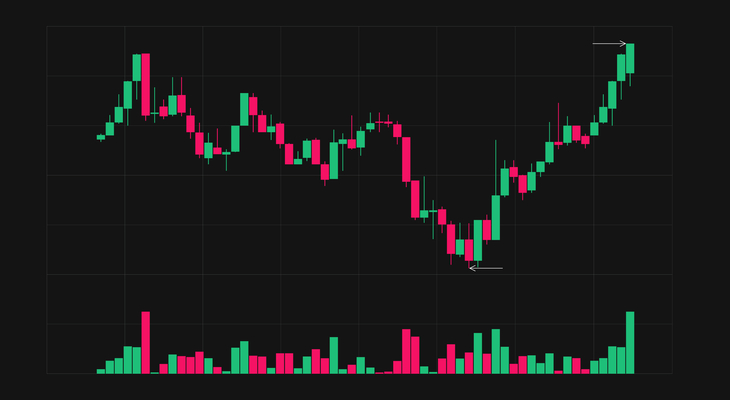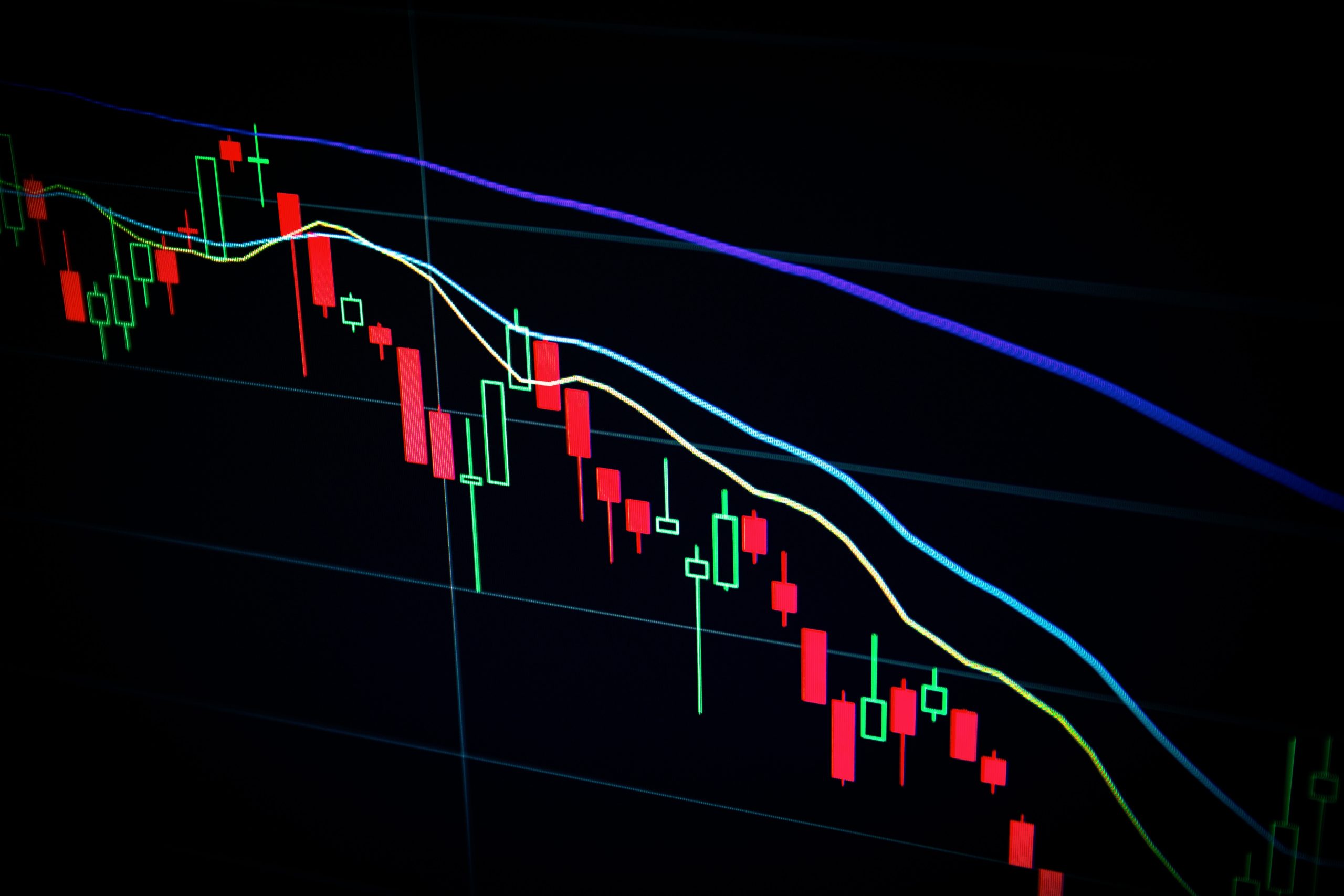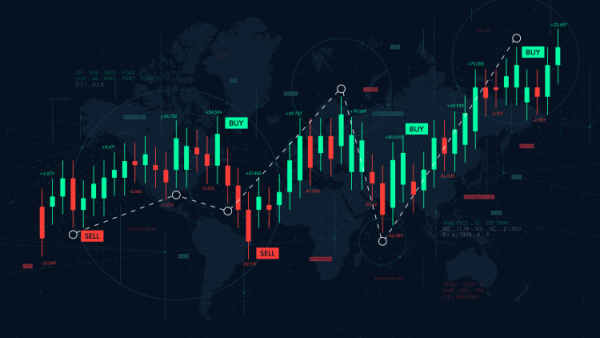Auction Market Theory (AMT) is a valuable tool for traders seeking to understand the dynamics of financial markets. It provides insights into the supply and demand of assets, the price discovery process, and the behavior of market participants.
By leveraging these insights, traders can make informed decisions about when to buy or sell assets, ultimately increasing their profitability.
However, implementing AMT strategies requires more than just a theoretical understanding of the market. Traders must also have a solid grasp of risk management principles and the ability to adapt to changing market conditions.
The purpose of this article is to provide actionable insights for traders seeking to unlock the full potential of AMT. By exploring the key concepts of AMT and providing practical advice for risk management, we aim to help traders achieve greater success in the financial markets.
Key Takeaways
- Auction Market Theory (AMT) explains auction processes, supply and demand dynamics, and price discovery in financial markets, which can help traders decide when to buy or sell assets.
- Market Profile and Volume Profile can help traders identify fair value trading opportunities, while order flow analysis can be used to capitalize on market opportunities.
- The auction process is responsible for determining the fair value of assets in the market, and traders can consolidate the perspectives of multiple market participants into a unified view.
- Traders must employ adequate risk management strategies and adapt to changing market conditions to overcome challenges and limitations of AMT.
Understanding AMT
The understanding of Auction Market Theory (AMT), which explains the auction process, supply and demand dynamics, and price discovery in financial markets, is crucial for traders to make informed decisions on when to buy or sell assets.
The auction process involves matching bids and offers and executing the orders accordingly. Traders can recognize when to buy or sell an asset by examining the supply and demand dynamics. By understanding how the auction process works, traders can gain insights into market behavior and make informed decisions.
In addition, AMT provides a fresh perspective that helps traders gain insights into market behavior. The auction process is responsible for determining the fair value of assets in the market. Traders can consolidate the perspectives of multiple market participants into a unified view. By understanding the dynamics of supply and demand, traders can capitalize on market opportunities.
However, it is important to note that AMT presents challenges and limitations that traders must consider. Managing risk mainly refers to protecting open positions with stop-loss orders and using the proper order size that matches the maximum loss limits defined in the trading plan.
Supply and Demand Dynamics
Understanding supply and demand dynamics is crucial for interpreting financial market behavior. Auction Market Theory (AMT) explains the relationship between supply and demand and how it affects price discovery in financial markets. Traders can analyze the supply and demand of an asset to determine whether to buy or sell it.
Here are four items that highlight the importance of supply and demand dynamics in financial markets:
-
Market equilibrium: The point where supply and demand meet is called market equilibrium. This is where the price of an asset is considered fair value. Traders can use the knowledge of market equilibrium to make informed trading decisions.
-
Price discovery: The interaction between supply and demand determines the price of an asset. Traders can use AMT to identify the levels of supply and demand and how they affect the price of an asset.
-
Shift in supply and demand: Changes in supply and demand can lead to a shift in the market equilibrium. Traders should be aware of these shifts and adjust their trading strategies accordingly.
-
Market depth: The amount of supply and demand at each price level is known as market depth. Traders should consider market depth when analyzing supply and demand dynamics to determine the best entry and exit points for their trades.
Understanding supply and demand dynamics is essential for traders to interpret financial market behavior. By analyzing the levels of supply and demand, traders can make informed trading decisions and identify market opportunities. AMT provides a framework for understanding how supply and demand affect price discovery, market equilibrium, and market depth.
Risk Management in AMT
Surprisingly, some traders tend to overlook the importance of risk management in AMT despite its potential to help them manage potential risks associated with trading. Effective risk management is crucial for traders to reduce the possibility of significant losses.
One essential aspect of managing risk in AMT is proper position sizing. Traders should determine the appropriate size of their positions based on their risk appetite, trading plan, and account size. By setting stop loss orders, traders can limit their potential losses to a predetermined amount. Stop loss orders automatically close a position when the price reaches a particular level, thereby reducing the risk of further losses.
Furthermore, traders should also consider implementing protective strategies, such as hedging, to mitigate the potential downside risks associated with trading. Hedging involves opening a position that counteracts the risk of an existing position. For instance, traders can use options to hedge their positions against potential losses. By employing hedging strategies, traders can protect their profits and limit their losses.
In conclusion, risk management is an essential aspect of trading that traders must consider when using AMT. By determining proper position sizing and implementing protective strategies such as stop loss orders and hedging, traders can limit their potential losses and maximize their profits.
Frequently Asked Questions
How can traders use AMT to identify potential market opportunities for mean reversion and trend trading strategies?
Traders can utilize Auction Market Theory (AMT) to identify potential market opportunities for mean reversion and trend trading strategies. AMT emphasizes the importance of understanding the supply and demand dynamics in financial markets and the role of the auction process in determining fair value.
Quantitative analysis can be used to identify areas of the market that are inefficient and offer potential opportunities for mean reversion or trend trading strategies. Market efficiency in AMT refers to the degree to which prices reflect all available information. Traders can use this information to identify potential trades that may offer a profitable edge.
However, it is important to note that AMT presents challenges and limitations, and traders must employ adequate risk management strategies and adapt to changing market conditions to overcome these obstacles. Overall, a data-driven and analytical approach that incorporates AMT can provide traders with a unique perspective on market behavior and aid in identifying potential opportunities for mean reversion and trend trading strategies.
Are there any specific tools or indicators that traders can use to analyze order flow in AMT?
As the saying goes, ‘knowledge is power,’and traders can harness this power by using the right tools and techniques to analyze order flow in Auction Market Theory (AMT).
There are various indicators and strategies available to help traders with order flow analysis and interpretation. For instance, the cumulative delta indicator can be used to assess the buying and selling pressure in the market.
The footprint chart is another tool that shows the volume traded at each price level, providing insight into the market’s liquidity and sentiment. The use of heat maps and time and sales data can also help traders identify trends and potential opportunities for trading.
However, it is essential to note that while these tools can be helpful, they do not guarantee success in trading. Traders must use their judgment and incorporate risk management strategies to mitigate potential losses.
How do protective strategies factor into risk management in AMT, and what are some common techniques traders use to manage risk?
Protective strategies are an essential component of risk management in Auction Market Theory (AMT). Traders employ a variety of techniques to manage risk, including utilizing stop-loss orders to protect open positions and ensuring that their order size matches the maximum loss limits defined in their trading plan.
The goal of risk management in AMT is to recognize, evaluate, and control potential risks associated with trading. To achieve this, traders must adapt to changing market conditions and employ adequate risk management strategies.
Protective strategies are critical in managing risk because they help traders avoid significant losses while capitalizing on market opportunities. By implementing these strategies, traders can reduce their exposure to market volatility and protect their trading capital.
Can AMT be used to analyze markets beyond traditional financial markets, such as commodities or cryptocurrencies?
Auction Market Theory (AMT) can be utilized to analyze markets beyond traditional financial markets, such as commodities and cryptocurrencies. Supply and demand dynamics play a crucial role in understanding financial markets through AMT, and these dynamics are also applicable to commodities and cryptocurrencies.
Market Profile and Volume Profile can help traders identify fair value trading opportunities for these markets. Real-world examples of AMT include assessing financial markets and detecting discrepancies between supply and demand, and these concepts can be applied to other markets as well.
Traders can employ strategies based on mean reversion, trend trading, and order flow analysis to capitalize on market opportunities in these markets. However, it is important to note that each market has its unique characteristics and challenges, and traders must adapt their strategies accordingly.
What are some potential limitations or challenges associated with using AMT, and how can traders address these issues?
The Auction Market Theory (AMT) offers a fresh perspective on understanding financial markets through the auction process, supply and demand dynamics, and price discovery. However, there are limitations and challenges associated with using AMT that traders must consider.
One potential limitation is the difficulty in accurately identifying supply and demand dynamics, which can lead to misinterpretations of market behavior. To address this challenge, traders can employ volume profile and market profile trading strategies to identify fair value opportunities.
Another challenge is the need for effective risk management strategies to protect open positions and limit potential losses. Traders can implement solutions such as stop-loss orders and proper order sizes that match the maximum loss limits defined in their trading plans.
Overall, while the Auction Market Theory presents unique opportunities for traders, its implementation requires careful consideration of these limitations and challenges.
Conclusion
Auction Market Theory (AMT) is a valuable tool that can provide traders with deep insights into market behavior and price discovery. By analyzing supply and demand dynamics, traders can make informed decisions about when to buy or sell assets. However, implementing AMT strategies requires a rigorous risk management plan and the ability to adapt to changing market conditions.
Despite its potential benefits, AMT is not a magic bullet that guarantees success in the markets. Traders must be willing to put in the time and effort to build a solid understanding of the theory and its applications. This means analyzing market data, developing a strong risk management plan, and continually adapting to new market conditions.
In the end, the key to unlocking the full potential of AMT is to remain objective and data-driven in your approach. While it can be tempting to rely on emotions or intuition when making trading decisions, this is a recipe for disaster. Only by remaining grounded in the facts and data can traders hope to achieve long-term success in the markets.
So, while AMT may not be a magic bullet, it can be a powerful tool in the right hands. Traders who are willing to put in the time and effort to master this theory stand to reap significant rewards in the long run.











